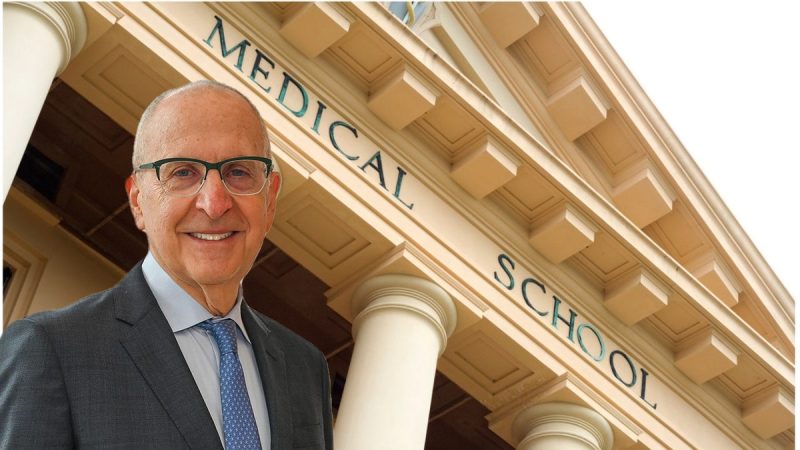
Over-regulation partly to blame for ‘wildly expensive’ research costs, says medical executive
While the debate over President Donald Trump’s cuts to facilities and administrative costs associated with federally funded research grants rages on, one expert in the field of medicine says he sees a clear way forward.
Dr. David Skorton, president and CEO of the Association of American Medical Colleges, has had a wide-ranging career spanning government, higher education and medicine. He now runs a national association that oversees all Medical Doctorate-granting schools in the country, and about 500 academic health systems teaching hospitals. Skorton told Fox News Digital that while he does not agree with Trump’s blanket cuts, the current status quo needs changing. He cited over-regulation as a reason why facilities and administrative costs have gotten so ‘wildly expensive.’
He also said that transparency from research institutions could help create better awareness of how taxpayer dollars are being used to support those institutions that have become the bane of critics who say they are stockpiling taxpayer dollars for their own benefit.
‘In some cases, more than one agency will develop regulations, and the researchers have to answer to all of those different agency regulations. We should be able to harmonize those things and come out with a more thoughtful approach to reducing some of the regulatory burden,’ Skorton said. He added that, in turn, researchers will be able to spend more time doing what they do best, research, which in the long run will mean greater results for the public.
‘It would also mean that the costs would go down because the additional personnel, the additional things that are necessary to keep track of things for these regulations, that would also go down,’ Skorton pointed out.
Skorton said that the impact of reducing over-regulation will be two-fold: it will improve the current research environment and show that there is room for collaboration to reduce overhead costs while not threatening new research. In particular, he pointed to research involving human or animal subjects, which Skorton said is often riddled with regulatory requirements that, while important, could be streamlined.
Skorton added that the AAMC was ‘very hungry’ to work with the administration on improving this framework, noting that ‘we’re not here to claim that the status quo is perfect, and we want to defend it, but the idea of very quickly knocking down the facilities and administrative costs to what felt like an arbitrary number to many of us, 15%, will cause research to be reduced.’
The AAMC president said there is an onus on research institutions as well to better educate folks about where their taxpayer dollars are going when they are utilized by federally funded research programs.
‘For every dollar that we get at universities, medical schools, et cetera, for research from the NIH or some other science agency, for every dollar another half dollar, roughly, is contributed by the institution,’ Skorton pointed out. ‘That’s something that maybe people don’t realize, and why would they, because we have to be more clear in making that visible, that we already contribute a lot to the research.’
Fox News Digital spoke to medical experts who have supported Trump’s blanket cut to administrative and facilities costs, and they argue that reducing this price burden on the federal government will increase the availability of new research grants, while getting rid of financial bloat that universities have been able to take advantage of at the taxpayers’ expense.
One of the doctors who shared their thoughts, Dr. Erika Schwartz, echoed calls for reform to the current structure, similar to Skorton.
‘While infrastructure support is necessary, there’s room for more efficient cost management. A reformed funding model could redirect more resources to direct research activities while maintaining essential support services,’ Schwartz said. ‘This could potentially increase the number of funded research projects and accelerate medical breakthroughs, ultimately benefiting patients more directly.’
